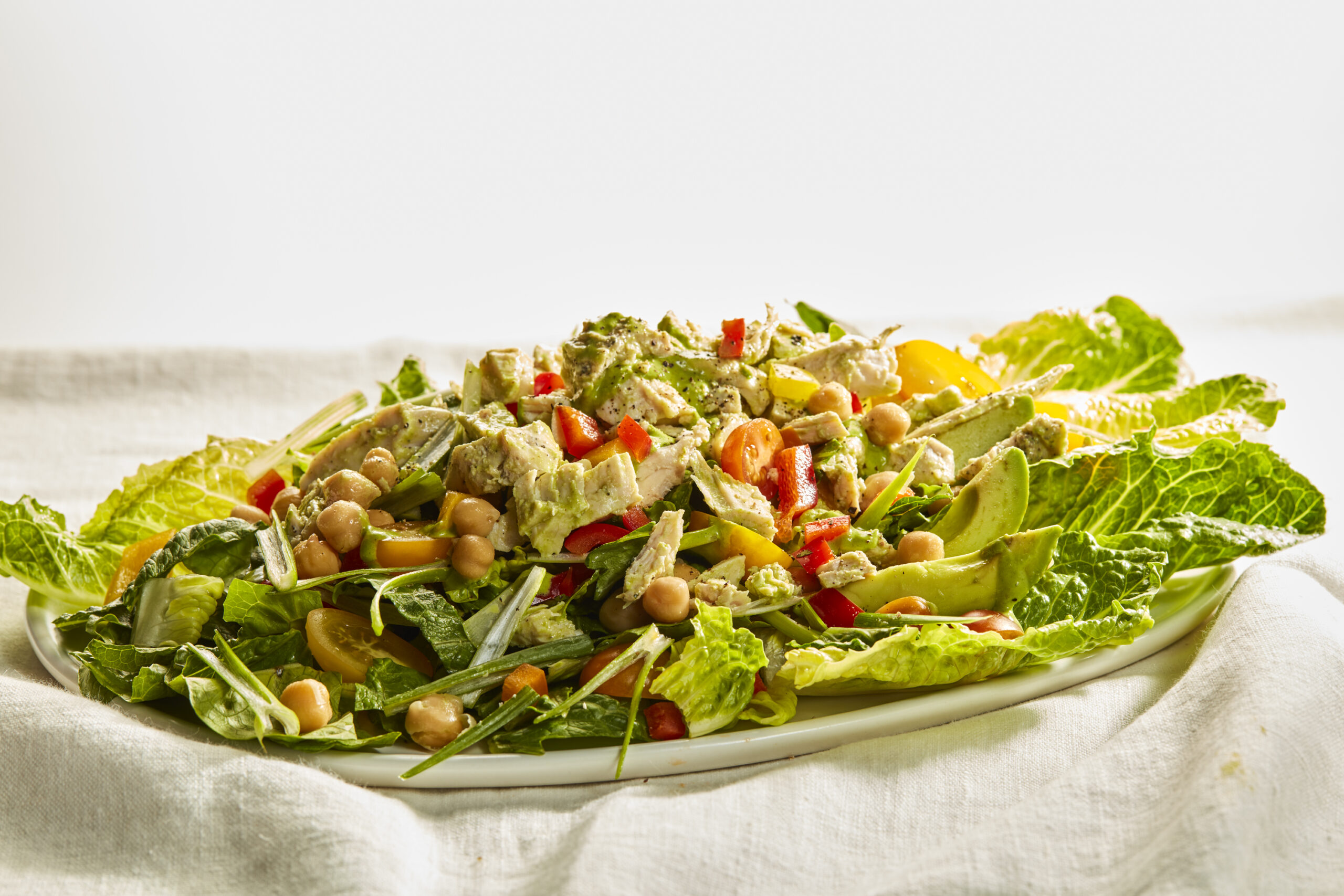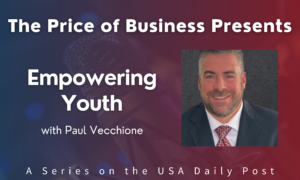Your diet is the single most important factor you can control to lower your blood sugar—and even potentially to prevent or reverse Type 2 diabetes. If you are willing to try altering your diet for just a few weeks, you will see your blood sugar level go down, you may lose a few pounds, and you will feel healthier and more active.
I have written two books about diabetes in which I explain why I believe the insulin resistance theory is incorrect and why the modern diet high in complex carbohydrates is most certainly the cause of high blood sugar and diabetes. In those books, I provided general information about how to eat for nutrition—cutting out carbs and emphasizing fresh, seasonal vegetables, fruits, and nuts, plus, if desired, a variety of meats, fish, and dairy products. But my readers kept asking me to tell them more precisely what they should eat and how they should cook.

I therefore concluded that it was time to do a cookbook with great recipes to keep your blood sugar level down. The recipes in The Diabetes-Free Cookbook & Exercise Guide were created by a wonderfully creative nutritionist and chef, Colleen Cackowski, who put her heart and soul into crafting mouth-watering, flavorful meals that are easy and fun to make. In my new cookbook, you will find breakfast, lunch, dinner, snack, and dessert recipes that use minimal amounts of grains or grain flour. You will be amazed at how various ingredients like black beans or riced cauliflower can be mixed with other ingredients to create the flavors and mouth-textures you will enjoy.
For the most part, these recipes do not require many special ingredients; most of what you will need you can find at a typical chain grocery store, such as Walmart, Kroger, Albertsons, Trader Joe’s, Food Lion, Giant, Publix, Meijer, Whole Foods, or by ordering from Amazon.
The greatest advantage of these recipes is that you will not lose your enjoyment of eating or be told to follow a lot of restrictions.
These recipes do not show how many calories are in them. I believe that most people have enough fat stored up in the body to have the energy they need to make it through any given day. Counting calories makes little sense for the average person—and most people struggle to stay within a calorie count anyway. What is more important is that we eat to acquire the nutrients the cells of the body need and that we learn to become more conscious of our eating behaviors.

Thus, you won’t see any portion sizes listed either, because neither Chef Colleen nor I know how much of what nutrient your body needs when you sit down to eat. Your brain, on the other hand, knows what your body needs and will create the sensation of enjoyment when you consume food that contains the needed nutrients. More importantly, your brain reduces the intensity of enjoying that food when a sufficient amount has been eaten.
Enjoy what you eat!
In my view, the more effective guideline is thus to eat whatever you enjoy but also pay attention to that arc of enjoyment and loss of enjoyment. To do this, you need to chew your food thoroughly; this is necessary to release the nutrients in your mouth at a rate at which your taste buds and olfactory sensors can record and report their findings to the control centers in the brain. If you pay attention to this “enjoyment / less enjoyment” cycle, you don’t need to pre-measure how much you eat.

I invite you to use The Diabetes-Free Cookbook & Exercise Guide as a stepping stone to a new lifestyle of healthy eating.
Begin by using the recipes for just one month as a starting point. Each recipe in this cookbook is composed of ingredients that will not cause your blood sugar to elevate too high or for too long after eating. In this way, you can achieve a more stable blood sugar level throughout the day. You’re bound to notice a difference in just a few weeks.

What is most important is for you to believe that you can control your blood sugar and your destiny starting right now. A fundamental change in your dietary practices is often painful and challenging to sustain. You may have come to believe that because of your family history—other family members who have diabetes—that you too are not likely to escape diabetes for the rest of your life.
However, keep in mind that science has not found any genetic cause for Type 2 diabetes.
Meanwhile, my hypothesis is supported by scientific, logical evidence, that the modern carbohydrate-heavy diet is what triggers high blood sugar and diabetes.
At moments when you are feeling hesitant and apprehensive about making the dietary changes I suggest, remember that the best guarantee of preserving the functions of your kidneys, keeping your eyesight, and avoiding amputation of your limbs is by controlling your blood sugar through lifestyle changes—particularly your diet—rather than by resorting to a lifetime of medications such as insulin. I assure you that as you take control of what you can accomplish on your own, many of the fears of a recurrence of demoralizing dietary failures of the past will vanish and you will feel emboldened.
This week’s article is an adapted excerpt from my book, “The Diabetes-Free Cookbook & Exercise Guide”.
As a best-selling author and Nationally Syndicated Columnist, Dr. John Poothullil, advocates for patients struggling with the effects of adverse lifestyle conditions, particularly Type 2 diabetes.
Dr. John’s books, available on Amazon, and in bookstores, have educated and inspired readers to take charge of their health. There are many steps you can take to make changes in your health, but Dr. John also empowers us that we must demand certain changes in our healthcare system as well.
Follow or contact Dr. John at drjohnonhealth.com.
John Poothullill practiced medicine as a pediatrician and allergist for more than 30 years, with 27 of those years in the state of Texas. He received his medical degree from the University of Kerala, India in 1968, after which he did two years of medical residency in Washington, DC and Phoenix, AZ and two years of fellowship, one in Milwaukee, Wisconsin and the other in Ontario, Canada. He began his practice in 1974 and retired in 2008. He holds certifications from the American Board of Pediatrics, The American Board of Allergy & Immunology, and the Canadian Board of Pediatrics.During his medical practice, John became interested in understanding the causes of and interconnections between hunger, satiation, and weight gain. His interest turned into a passion and a multi-decade personal study and research project that led him to read many medical journal articles, medical textbooks, and other scholarly works in biology, biochemistry, physiology, endocrinology, and cellular metabolic functions. This eventually guided Dr. Poothullil to investigate the theory of insulin resistance as it relates to diabetes. Recognizing that this theory was illogical, he spent a few years rethinking the biology behind high blood sugar and finally developed the fatty acid burn switch as the real cause of diabetes.Dr. Poothullil has written articles on hunger and satiation, weight loss, diabetes, and the senses of taste and smell. His articles have been published in medical journals such as Physiology and Behavior, Neuroscience and Biobehavioral Reviews, Journal of Women’s Health, Journal of Applied Research, Nutrition, and Nutritional Neuroscience. His work has been quoted in Woman’s Day, Fitness, Red Book and Woman’s World.Dr. Poothullil resides in Portland, OR and is available for phone and live interviews.
To learn more buy the books at: amazon.com/author/drjohnpoothullil
Visit drjohnonhealth.com to learn more. You can also contact him at john@drhohnonhealth.com.
Or follow us on:
Instagram: instagram.com/DrJohnOnHealth
Facebook: facebook.com/JohnOnHealth /
Twitter: twitter.com/DrJohnonHealth
Youtube : @DrJohnPoothullil









Be First to Comment